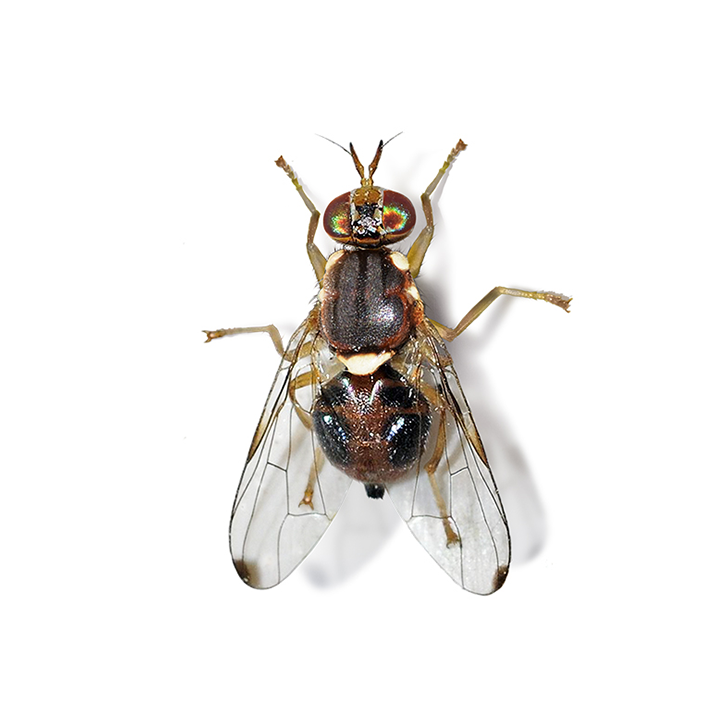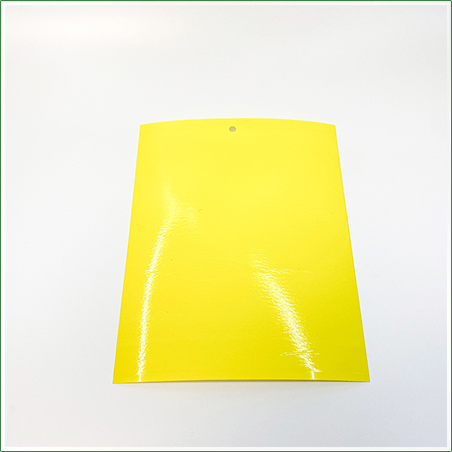Wild olive and phillyrea
Adults are 4-6 mm long, bright brown and honey colored. Adults start to emerge from the soil generally from June. The fruits begin to become suitable for laying eggs end of June. The females mating at this time lay their eggs primarily on large, shiny and oily olive fruits.
In places where the population is high, 7-9 eggs can be laid on an olive fruit by different females. The place where the egg is laid turns dark brown after a day, this is called “puncture”.


